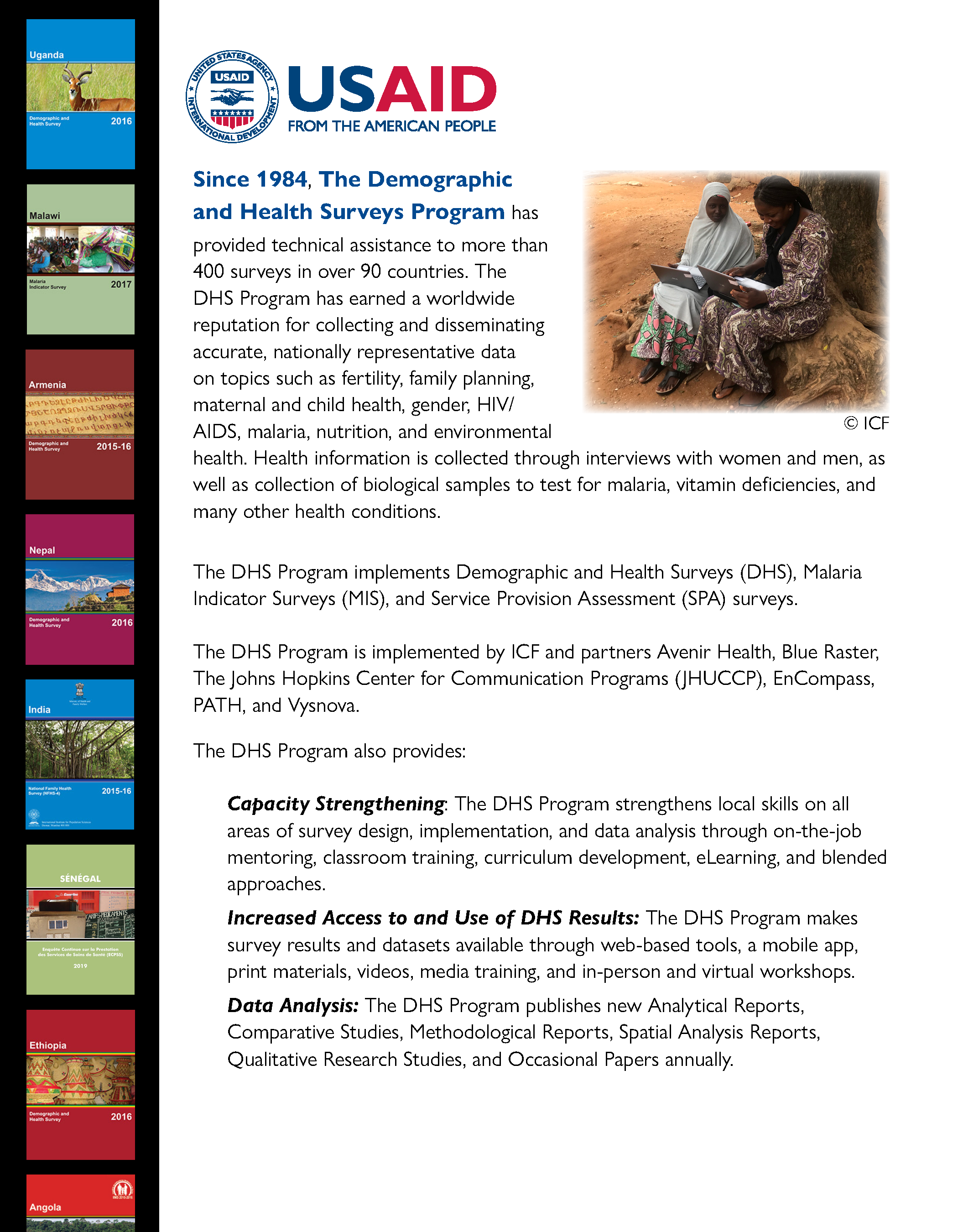Press Releases
| Title: | HIV prevalence in Liberia remains low; fertility, child deaths decline |
| Press Release Date: | 08/05/2008 |
| Body: | Calverton, MD - According to the nationally representative 2007 Liberia Demographic and Health Survey (LDHS), 2 percent of Liberian adults age 15-49 are HIV-positive. This low prevalence rate is promising, especially when compared to neighboring countries such as Côte d'Ivoire where HIV prevalence has reached 5 percent. Further work, however, is needed to increase knowledge and change behavior in order to maintain or reduce the current rate. The LDHS, for example, found that only 44 percent of women and 66 percent of men know that HIV can be prevented by using condoms and limiting sexual relations to one partner. Additionally, only one-fourth of men who had higher risk sex (sex with a partner who is neither a spouse nor who lives with him) used a condom.
Nevertheless, some indicators show room for improvement. For example:
The LDHS was conducted among 6,824 households, more than 7,000 women age 15-49 and more than 6,000 men age 15-59. The LISGIS conducted the survey. Macro International Inc. provided technical assistance as part of the U.S. Agency for International Development -funded Demographic and Health Surveys project (MEASURE DHS). Funding for the survey was provided by the Government of Liberia, USAID, the U.N. Population Fund (UNFPA), UNICEF, and the U.N. Development Program (UNDP). For more information on the LDHS, please contact Mr. Edward Liberty at LISGIS, Statistics House, Tubman Boulevard, Sinkor, Monrovia; Telephone: 06-519-628. |
| Abstract: | Calverton, MD - According to the nationally representative 2007 Liberia Demographic and Health Survey (LDHS), 2 percent of Liberian adults age 15-49 are HIV-positive. This low prevalence rate is promising, especially when compared to neighboring countries such as Côte d'Ivoire where HIV prevalence has reached 5 percent. |
